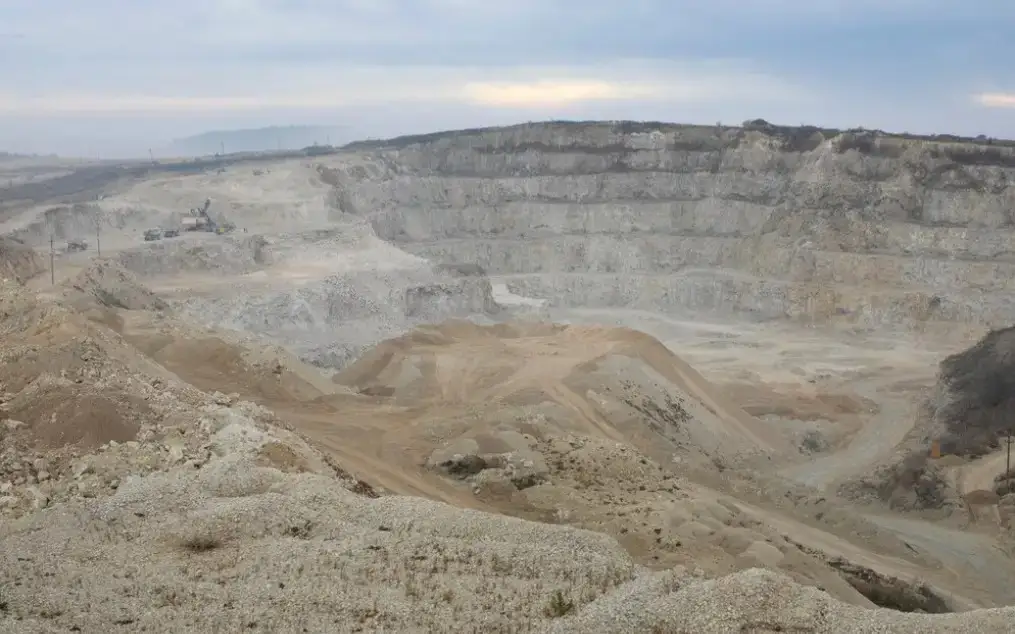International investment in Kazakhstan's geological exploration has been robust, with 10 major companies investing approximately KZT 41bn ($78.3mn) for exploration across more than 25,000 km². Among the key players, Fortescue is exploring 32 sites in Aktobe, Karaganda, Abay, and Zhambyl regions, investing KZT 4bn ($7.6mn). Rio Tinto is exploring 10 sites in Aktobe, investing KZT 2.2bn ($4.2mn), while the Korean Institute KIGAM, in collaboration with Tau-Ken Samruk, is studying lithium content in the Aral region.
At a government session, Kazakhstan's Minister of Industry and Construction, Kanat Sharlapaev, shared developments in the country’s geological industry, stressing its continued growth and attracting major international investments.

Over the past 30 years, Kazakhstan has seen an increase in its mineral reserves, including iron, manganese, gold, uranium, oil, and gas. The country’s mineral resource base now includes 987 solid mineral deposits, with exploration activity showing positive trends.
"The gold replenishment ratio stands at 1.2, indicating that the volume of gold reserves explored exceeds the volume of its production. For copper, this ratio is 0.7, and active exploration continues for copper-rich subsoil areas," Sharlapayev reported.
Kazakhstan has also identified promising regions for rare earth metals (REM), with ongoing exploration at 12 sites. The Kuirektykol site, one of the most promising, is estimated to contain around 800,000 tonnes of rare earth metals. Exploration is being led by private companies, including Cove Capital and HMS Bergbau.
In recent years, Kazakhstan has reformed its geological legislation to enhance transparency and attract private investment. The country adopted the Subsoil and Subsoil Use Code, opening up all available territory for geological exploration. Since 2018, more than 2,900 exploration licenses have been issued, alongside 111 production licenses. Since 1991, subsoil use rights have increased sixfold, and private investment in geological exploration has reached $1bn over the past five years.
To boost investment potential, Kazakhstan transitioned to international reporting standards under KAZRC for TPI (Total Mineral Resource), and the CRIRSCO system for resource and reserve reporting. This year, reports for 58 deposits have been accepted under the new standards.
The government is also introducing cutting-edge methods in geological exploration, including aerogeophysical surveys that provide essential data on the subsoil structure, helping attract investment. The pilot projects cover areas like Northern Pribalkhash and the Kalba-Narym zone, and future work will integrate artificial intelligence technologies for better data processing and decision-making.

Sharlapaev also highlighted a recent cooperation between Tau-Ken Samruk and Ivanhoe to jointly explore subsoil. This partnership will utilize Typhoon technology to detect copper, gold, and silver deposits up to 1.5 kilometers deep.
The government is also modernizing the subsoil use and geological sectors through the development of the Unified Subsoil Use Platform (minerals.e-qazyna.kz), which automates processes and allows for better data accessibility. An interactive map and over 66,000 geological reports are now available online, and the platform has automated six key functions, including the submission of electronic reports by subsoil users.
In addition to these advancements, efforts are being made to promote the geologist profession in Kazakhstan. The "Yenbek sinirgen geologist" award has been upgraded to the status of a state award, and more than 3,000 graduates in geology and mining are expected in 2024. The Zhas Geologist Corporate Fund is also engaging schoolchildren in geology through educational initiatives.
To further increase foreign investment in the mining sector, the introduction of royalties is being considered as part of Kazakhstan’s new Tax Code. This change would move away from the current mineral extraction tax, aligning Kazakhstan’s tax model with global standards used by international mining companies. The proposed royalties, which would be based on the sales value of minerals, aim to enhance transparency and attract more foreign investment.
Minister Sharlapayev concluded by urging the Ministries of Economy and Finance to include royalty provisions in the new Tax Code for mining license holders starting in 2026. This reform is expected to provide a more transparent and internationally familiar framework for Kazakhstan’s growing geological exploration sector.
Follow Daryo's official Instagram and Twitter pages to keep current on world news.
Comments (0)